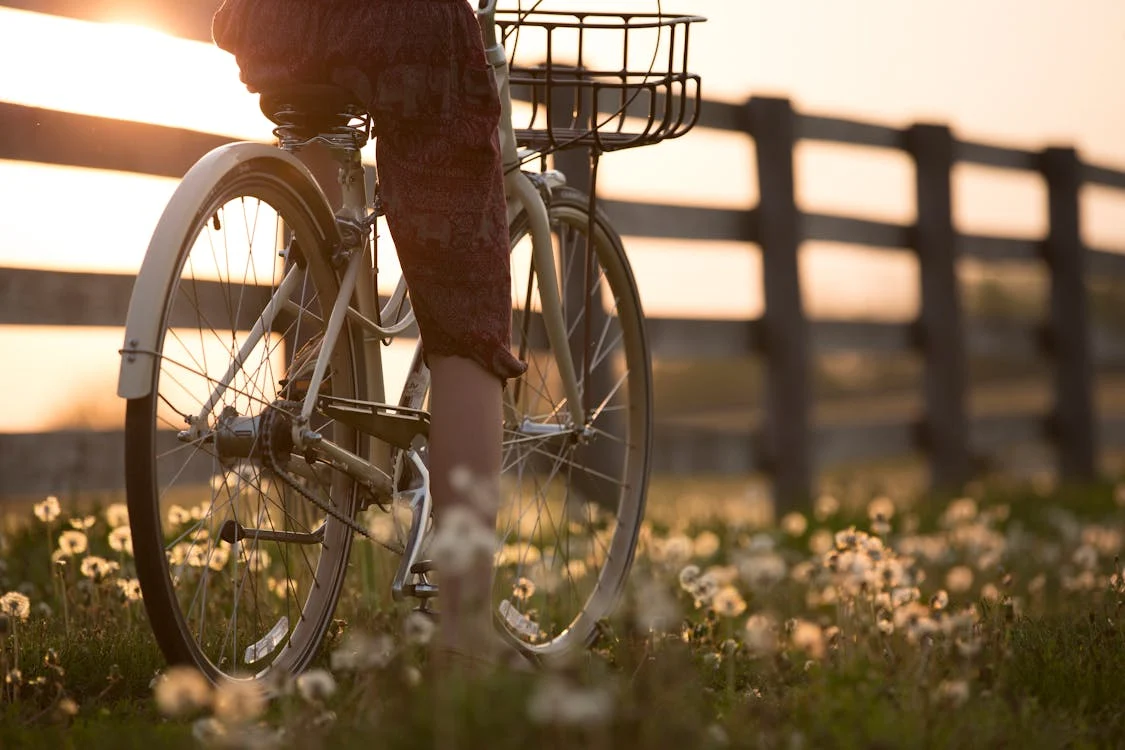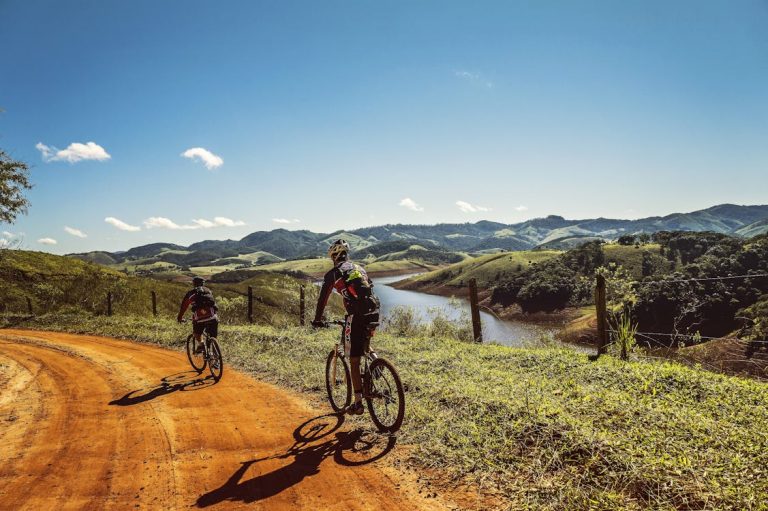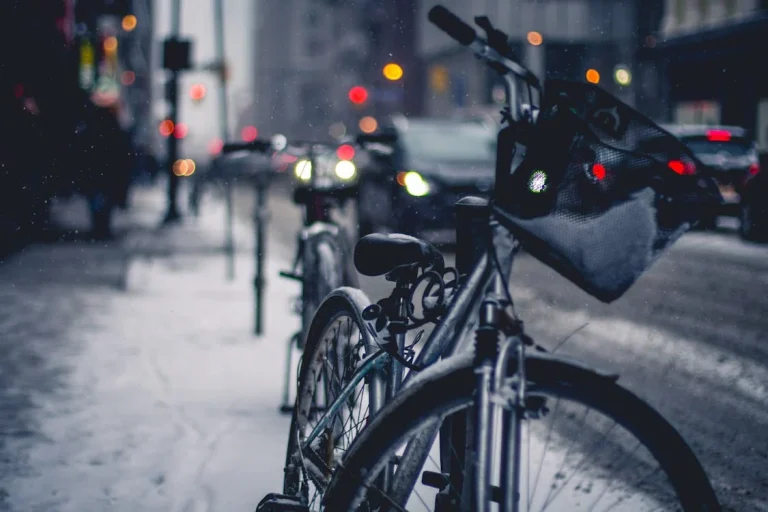A Practical Guide to Riding Your Bike
Introduction:
Biking is an enjoyable, eco-friendly, and healthy way to navigate through cities, explore scenic trails, or simply stay active. Whether you’re a beginner or a seasoned cyclist, knowing the essential bicycle rules and safety tips can make a significant difference in your biking experience. Riding safely and confidently on the road isn’t just about having the right gear—it’s about understanding the rules, practicing road awareness, and staying prepared for different biking environments.
In this guide, we’ll cover essential tips to help make every ride smooth, safe, and enjoyable.
1. Know the Basic Bicycle Rules of the Road
Before hitting the road, familiarize yourself with some basic traffic rules that apply to cyclists, as they help keep you safe and visible to other vehicles:
- Ride with Traffic: Always ride in the same direction as traffic, keeping to the right side of the lane unless passing, turning left, or avoiding hazards.
- Obey Traffic Signals: Cyclists must follow the same traffic signals as cars, including stopping at red lights and yielding when appropriate.
- Use Bike Lanes When Available: Many cities provide dedicated bike lanes. Using them whenever possible helps you stay safe and separated from car traffic.
- Right of Way Rules: In most situations, cars will yield to bikes as they would to other vehicles. However, stay cautious at intersections, crosswalks, and roundabouts, as these areas are high-risk zones for accidents.
2. Practice Essential Safety Habits
Safety is key to a successful biking experience. Establishing good habits can prevent accidents and keep you secure, whether you’re on a city street or a countryside trail.
- Wear a Helmet: Helmets are crucial for protecting your head and significantly reduce the risk of serious injury in case of an accident.
- Dress Visibly: Bright, reflective clothing makes you more visible to drivers. Consider adding reflective gear or lights to your bike, especially if you ride in low-light conditions.
- Hand Signals: Use hand signals to communicate with drivers and other cyclists. For example, extend your left arm straight to indicate a left turn, or point right with your right arm to signal a right turn.
- Stay Alert: Avoid using headphones or looking at your phone while riding. Being fully aware of your surroundings can help you react quickly to unexpected situations.
3. Bike Maintenance for Safety
Keeping your bike in good working order is an essential part of safe biking. Regular maintenance ensures that your bike is reliable and less likely to cause issues mid-ride.
- Check Tire Pressure: Properly inflated tires make your bike easier to handle and reduce the chance of a flat. Check the recommended pressure for your tires and inflate them before each ride.
- Inspect Brakes: Test your brakes regularly to make sure they’re responsive and effective. Look out for worn brake pads and replace them if they show signs of wear.
- Lubricate the Chain: A well-lubricated chain reduces wear and improves performance. Apply bike-specific chain lubricant every few rides to keep it in top condition.
- Adjust the Seat and Handlebars: Proper positioning can prevent discomfort and improve control. Your seat should allow a slight bend in your knee at the bottom of each pedal stroke, and your handlebars should be comfortably within reach.
4. Riding Techniques for Safety and Comfort
The right riding techniques can make a big difference in your comfort and safety on the bike:
- Maintain a Comfortable Pace: Start slow if you’re new to biking, gradually increasing your speed as you become more comfortable.
- Avoid Sudden Movements: Quick, unexpected moves can confuse drivers and other cyclists. Try to maintain a steady pace and direction.
- Stay Balanced: Keep both hands on the handlebars, especially on busy streets or rough terrains, to maintain stability and control.
- Shift Gears Smoothly: When riding on hilly or uneven terrain, shift gears before the terrain change to keep a steady pedaling rhythm.
5. Understanding Bike-Specific Road Hazards
Road hazards pose a unique challenge to cyclists, as certain obstacles that are minor for vehicles can be major for bikes. Here are some common hazards and how to handle them:
- Potholes and Debris: Keep an eye out for these hazards and steer around them when possible. If you must go over an obstacle, slow down, stand slightly on the pedals, and lift yourself off the seat for better control.
- Wet and Slippery Surfaces: Rain, oil spills, or even loose gravel can reduce traction. Ride slower, avoid sudden braking, and steer gently to maintain control.
- Railway Tracks: When crossing tracks, try to approach them at a right angle to reduce the chance of your tires slipping into the grooves.
- Parked Cars: Watch out for doors opening unexpectedly, a hazard known as “dooring.” Leave at least a three-foot buffer between your bike and parked cars to avoid this risk.
6. Preparing for Different Biking Environments
Different environments require specific approaches to stay safe. Here’s how to adjust your riding style depending on the area:
- City Streets: City riding often means dealing with heavier traffic. Be extra cautious at intersections, use bike lanes when available, and avoid weaving between cars.
- Trails and Paths: While bike trails are usually safer than roads, they can be busy with pedestrians, other cyclists, and animals. Ride at a controlled pace and announce yourself when passing others.
- Rural Roads: Rural biking often means fewer cars but faster speeds. Stay visible by using reflective clothing or bike lights and ride single file if biking with others.
7. Safety Gear Checklist
Before heading out, double-check that you have all the necessary safety gear:
- Helmet: Choose a helmet that fits snugly and meets safety standards.
- Lights and Reflectors: Equip your bike with front and rear lights, as well as reflectors on the pedals and wheels.
- High-Visibility Clothing: Reflective vests, jackets, or arm bands help keep you visible.
- Repair Kit: A basic repair kit with a spare inner tube, tire levers, and a pump is essential for longer rides.
Conclusion: Enjoy the Ride Safely
Biking is a wonderful way to stay active, enjoy nature, and commute sustainably. By following these essential rules, practicing safety habits, and staying prepared, you can enjoy all the benefits of biking while minimizing risks. Every ride, whether it’s through a bustling city or along a peaceful countryside trail, is an opportunity to enjoy the freedom and joy of cycling. So, gear up, ride smart, and most importantly, enjoy the journey!



